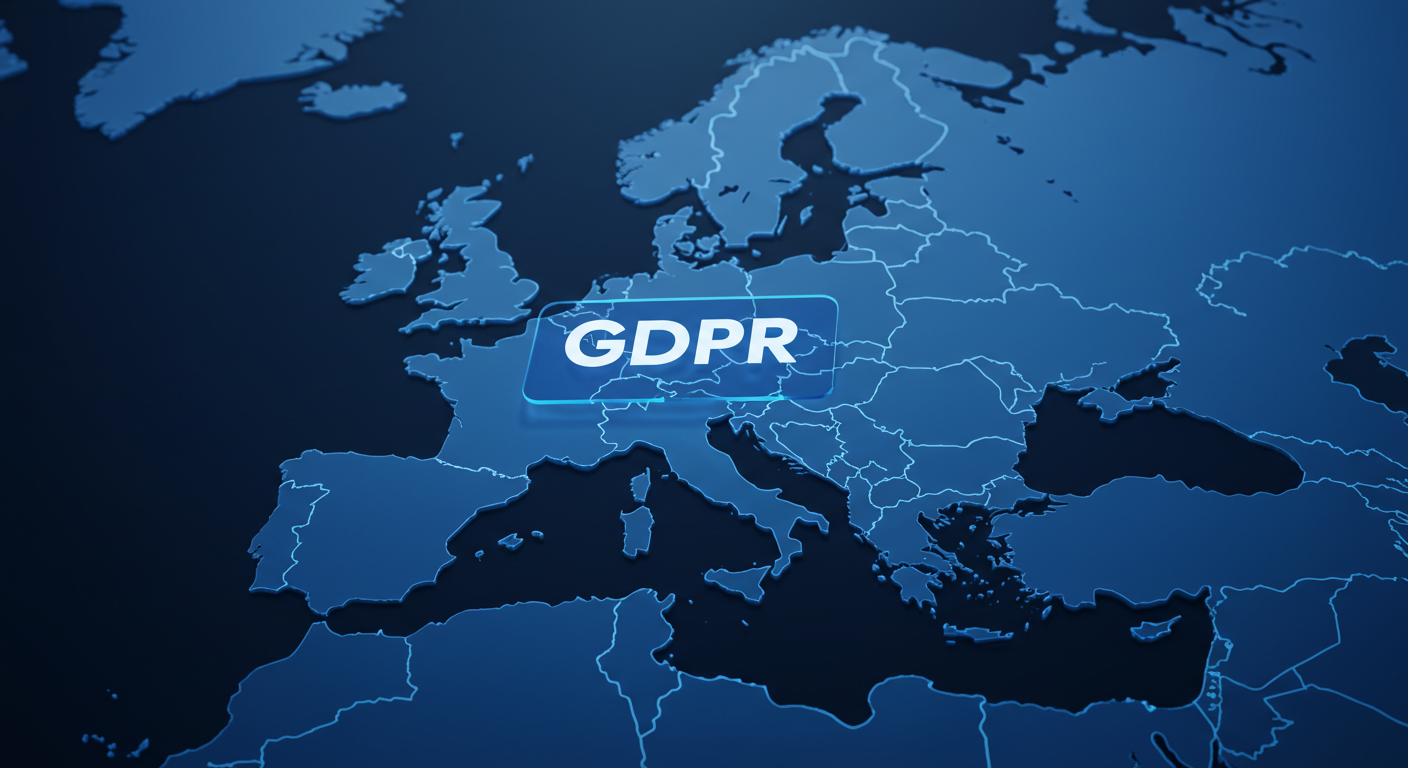GDPR Compliance Doesn't Need to Be Challenging
Limiting access to sensitive information as close as possible to the database is a key strategy for simplifying compliance with GDPR

General Data Protection Regulation
The General Data Protection Regulation (GDPR) is one of the most stringent data protection laws in the world. Organizations that process personal data of EU residents must comply with its requirements, or they risk facing severe fines. One of the biggest challenges businesses face is ensuring that personal data is handled securely while still being accessible for operational needs.
This is where VeilStream comes in. VeilStream makes it easy to anonymize or filter out sensitive data at the database level, helping companies reduce risks while staying compliant. Below, we explore eight key ways in which VeilStream can support GDPR compliance.
1. Data Minimization (Article 5(1)(c))
-
Requirement: Organizations should collect and process only the minimum amount of personal data necessary for their intended purpose.
-
How VeilStream Helps:
-
By filtering out unnecessary personal data from query results, companies can enforce a principle of least privilege, ensuring users only access the data they truly need.
-
Automated anonymization reduces the presence of personally identifiable information (PII) across systems.
-
2. Anonymization & Pseudonymization (Recital 26, Article 4(5))
-
Requirement: If data is anonymized to the extent that individuals can no longer be identified or re-identified, GDPR does not apply to that data.
-
How VeilStream Helps:
-
Anonymization techniques in VeilStream can transform personal data into a form where it cannot be traced back to an individual.
-
Pseudonymization (replacing identifiable data with pseudonyms) is encouraged under GDPR to enhance security while still allowing some analysis.
-
3. Data Subject Rights (Articles 15-20)
-
Requirement: Individuals have rights to access, erase, or restrict processing of their personal data.
-
How VeilStream Helps:
-
Filtering mechanisms can prevent internal users from accessing data that is flagged for erasure (Right to Erasure, Article 17).
-
VeilStream facilitates compliance with the "Right to Restriction of Processing" (Article 18) by dynamically restricting access to certain records instead of full deletion.
-
4. Security of Processing (Article 32)
-
Requirement: Organizations must implement measures to ensure data confidentiality and prevent unauthorized access.
-
How VeilStream Helps:
-
By filtering or anonymizing sensitive data at the point in time when it is accessed from the database, companies reduce the risk of exposure in case of a data breach.
-
Even if unauthorized users gain access to applications or reports, anonymized data prevents direct identification.
-
5. Data Transfers Outside the EU (Chapter V)
-
Requirement: Personal data transferred outside the EU must be protected using approved safeguards.
-
How VeilStream Helps:
-
By anonymizing data before it leaves the EU, organizations can ensure compliance with transfer restrictions.
-
If the destination country lacks strong data protection laws, sending only anonymized data reduces regulatory risk.
-
6. Data Protection by Design and Default (Article 25)
-
Requirement: Organizations must implement privacy-enhancing measures at the design stage.
-
How VeilStream Helps:
-
VeilStream enables a built-in approach to privacy by enforcing access restrictions and anonymization at the database level.
-
Organizations can ensure data is always protected before being accessed, rather than relying on external security controls.
-
7. Legal Basis for Processing (Article 6)
-
Requirement: Personal data should only be processed based on a valid legal basis (e.g., consent, legitimate interest).
-
How VeilStream Helps:
-
If a company lacks a legal basis to process certain data for a specific use, filtering out that data ensures compliance.
-
Automated anonymization allows organizations to continue using datasets without relying on user consent.
-
8. Compliance Audits & Accountability (Article 24, Article 30)
-
Requirement: Organizations must document how they process and protect personal data.
-
How VeilStream Helps:
-
VeilStream can log filtering and anonymization events, providing a traceable record of compliance efforts.
-
Having a database-level enforcement mechanism makes it easier to demonstrate GDPR compliance during audits.
-
Conclusion
GDPR compliance is a complex challenge, but VeilStream provides an effective solution to help businesses looking to protect personal data while maintaining usability. By offering data minimization, anonymization, security enforcement, and compliance auditing, VeilStream empowers organizations to meet GDPR requirements with ease.
For businesses that process sensitive or personal data, implementing VeilStream is a proactive step toward reducing regulatory risk, improving security, and ensuring compliance.
Interested in learning how VeilStream can help your business stay GDPR-compliant? Contact us today for a demo!
Let’s get to work
Contact our team today to learn how VeilStream can help you secure your data and focus on your business.